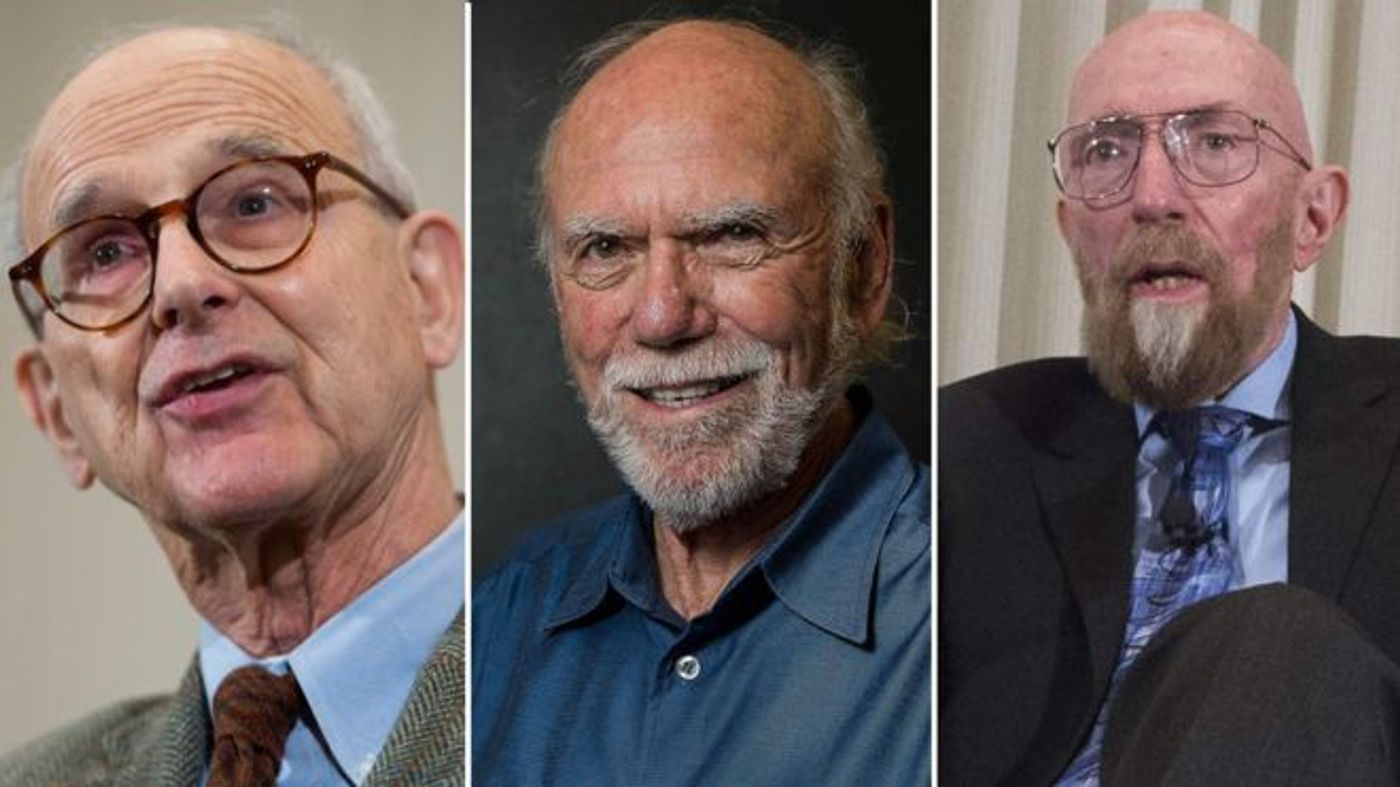Nobel Physics Prize Awarded to LIGO Scientists for Gravitational Wave Discovery
Three physicists, including Massachusetts Institute of Technology’s Rainer Weiss and California Institute of Technology’s Barry Barish and Kip Thorne, have been awarded the Nobel Physics Prize this week for their contributions toward discovering gravitational waves with the Laser Interferometer Gravitational-Wave Observatory (LIGO).
Image Credit: AFP/CALTECH/EPA via BBC
Several reports have confirmed that laureate Prof. Weiss will receive half of the money associated with winning the Nobel Physics Prize, while Barish and Thorne will divide the other half amongst themselves.
Weiss noted that the discovery wouldn’t have been possible without the help of the more than one-thousand scientists that contributed to building, calibrating, and harnessing the power of LIGO.
“It’s as long as 40 years of people thinking about this, trying to make a detection, sometimes failing … and then slowly but surely getting the technology together to be able to do it,” he said.
Related: Debate starts over the accuracy of LIGO's gravitational wave data
Albert Einstein's General Theory of Relativity initially predicted the presence of gravitational waves about a century ago. When physicists discovered them for the first time in 2015 (formally announced in 2016), it left the scientific community humbled.
These incredible forces of nature happen when two massive celestial objects, like black holes, collide with one another in the depths of outer space. The result sends a ripple through the fabric of space-time that can be monitored by carefully-calibrated detector equipment.
The LIGO system relies on an L-shaped laser system to make this possible. The laser beams are carefully shined down a set of perpendicular tunnels, and when there’s a slight wiggle in the laser beam, the scientists can concur that something extraordinary happened.
These detectors are very sensitive, so even nearby traffic or other tumultuous sounds can set it off. Nevertheless, LIGO scientists can differentiate between gravitational waves by comparing their data to other detectors around the world.
Separated by 3002 km of land, there are two LIGO detectors in the United States alone. On the other hand, the new Virgo detector in Italy can also chime in with results for comparison.
There have been four separate accounts of gravitational wave announcements since 2016, but those familiar with the inner workings of LIGO have often implied that we may have found more. Many of them have yet to be announced, as researchers are still trying to validate whether they’re gravitational waves or unrelated interference.
As more gravitational wave detectors get constructed around the globe, researchers will find it easier to confirm gravitational waves. Perhaps finding more and analyzing the correlations between each of them will help us unlock more mysteries of our universe.
Source: BBC, The Guardian










